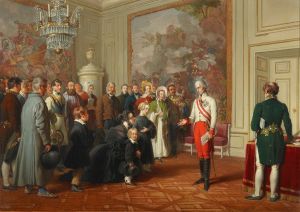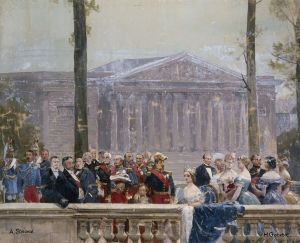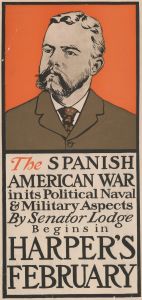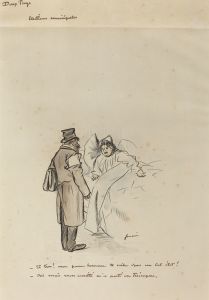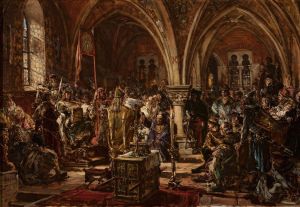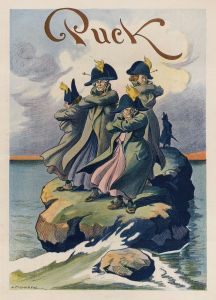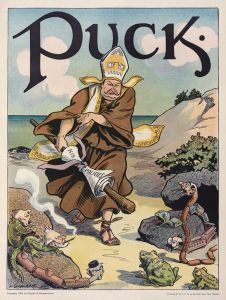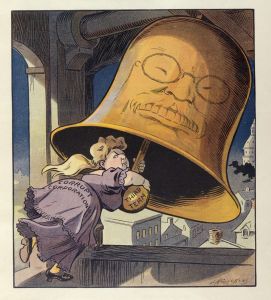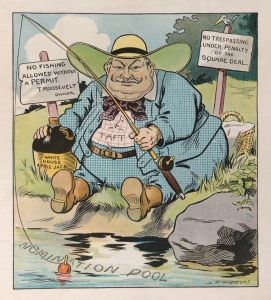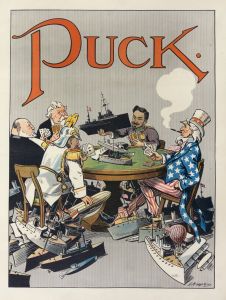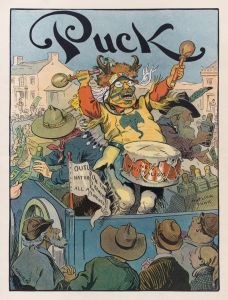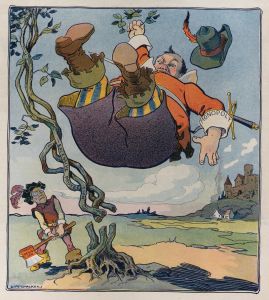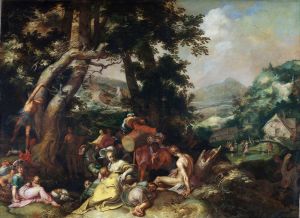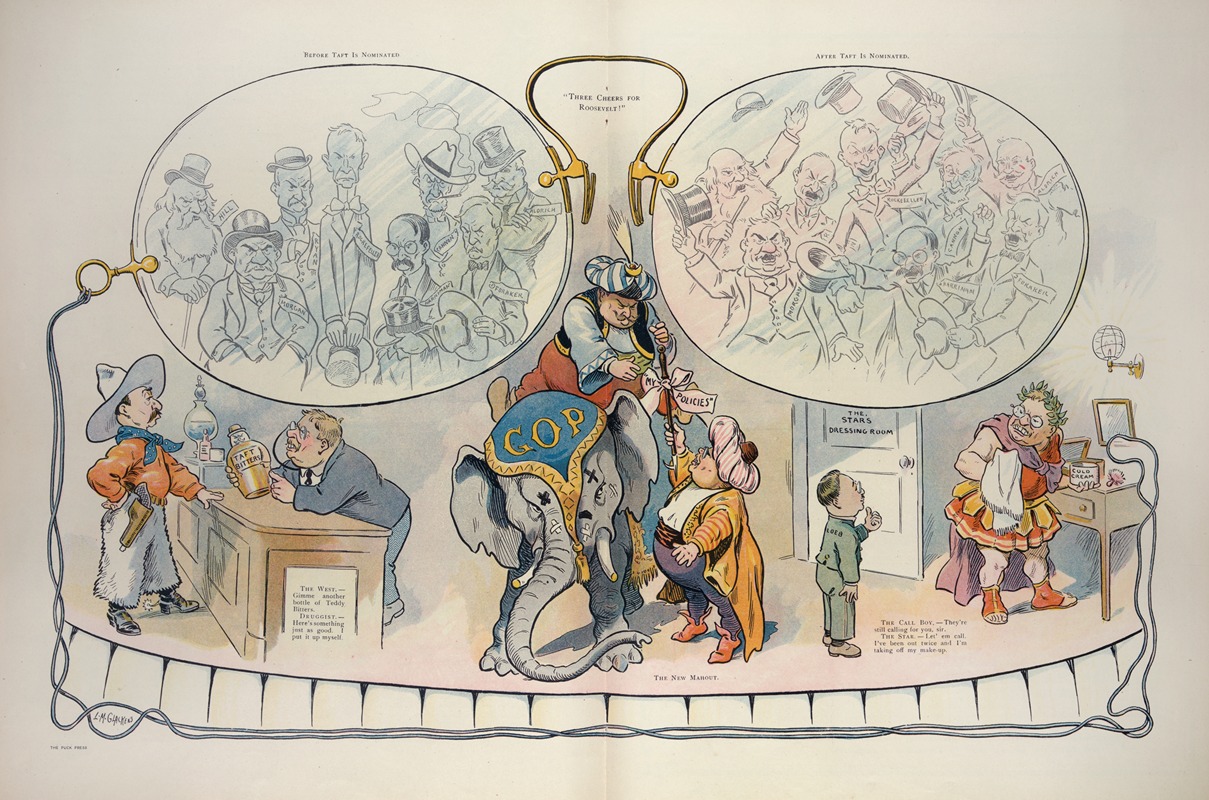
The Republican convention
A hand-painted replica of Louis Glackens’s masterpiece The Republican convention, meticulously crafted by professional artists to capture the true essence of the original. Each piece is created with museum-quality canvas and rare mineral pigments, carefully painted by experienced artists with delicate brushstrokes and rich, layered colors to perfectly recreate the texture of the original artwork. Unlike machine-printed reproductions, this hand-painted version brings the painting to life, infused with the artist’s emotions and skill in every stroke. Whether for personal collection or home decoration, it instantly elevates the artistic atmosphere of any space.
"The Republican Convention" is a painting by Louis M. Glackens, an American illustrator and artist known for his work in the early 20th century. Louis Glackens was born in 1866 in Philadelphia, Pennsylvania, and he was the brother of the more famous painter William Glackens. Louis Glackens is often remembered for his contributions to Puck magazine, a leading American humor magazine of the time, where he worked as a cartoonist and illustrator.
"The Republican Convention" is a satirical piece that reflects Glackens' keen eye for political and social commentary. The painting captures the lively and often chaotic atmosphere of a political convention, specifically focusing on the Republican Party. Through his detailed and exaggerated style, Glackens provides a humorous yet critical look at the political processes and figures of his time.
The painting likely dates back to the early 1900s, a period marked by significant political activity and reform in the United States. This era saw the rise of the Progressive Movement, which aimed to address issues such as corruption, inefficiency, and social injustice. Political conventions during this time were major events, often characterized by intense debates, backroom deals, and the jockeying of various factions within the parties.
In "The Republican Convention," Glackens employs caricature to depict the politicians and delegates, emphasizing their distinctive features and personalities. The exaggerated expressions and postures of the figures in the painting serve to highlight the absurdity and theatricality often associated with political conventions. The crowded and bustling scene is filled with activity, capturing the energy and tension of the event.
Glackens' work is notable for its attention to detail and its ability to convey complex social and political messages through humor and satire. His illustrations often provided a critical perspective on contemporary issues, making them accessible and engaging to a broad audience. "The Republican Convention" is a prime example of his talent for blending art with political commentary, offering viewers a glimpse into the dynamics of early 20th-century American politics.
While specific details about the exact year of creation or the particular convention depicted in the painting are not readily available, "The Republican Convention" remains an important piece in Glackens' body of work. It reflects the artist's skill in capturing the essence of political life and his contribution to the tradition of political satire in American art.
Overall, Louis M. Glackens' "The Republican Convention" stands as a testament to the enduring power of art to comment on and critique the political landscape, using humor and exaggeration to shed light on the complexities of the democratic process.





